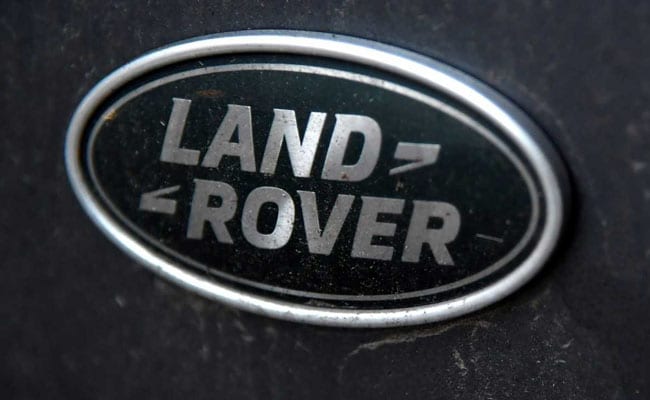Food inflation surged to a four-month high of 8.7% in April from 8.52% in March. Representational file image.
| Photo Credit: Reuters
Consumers faced a further acceleration in steep food prices in April, even as India’s overall retail inflation remained virtually unchanged at 4.83% last month, compared with 4.85% in March.
Food inflation surged to a four-month high of 8.7% in April from 8.52% in March, with rural consumers witnessing a sharper uptick of 8.75% in food prices. The gap between urban and rural consumers’ inflation experience remained sharp for the second successive month with rural households seeing a 5.43% rise in prices, while the overall inflation rate faced by urban consumers remained virtually unchanged from 4.14% in March to 4.11% in April.
On a month-on-month basis, price levels rose about 0.5%, with urban consumers facing a sharper uptick in overall prices as well as food items. Food prices rose 1.03% from March levels in urban India, while the rise was more subdued for their rural counterparts at 0.59%. The Consumer Price Index (CPI) was up 0.6% over March for urban households, while it was 0.37% higher for rural India.
The Reserve Bank of India (RBI) expects retail inflation to ease to an average of 4.5% this year from the 5.4% clocked in 2023-24, with the ongoing April to June quarter expected to see an average inflation of 4.9%. With April reporting a marginally lower inflation rate than the RBI’s projected average for the quarter, there could see some hardening in prices over this month and June.
The government has tasked the Reserve Bank to ensure inflation remains at 4%, with a margin of 2% on either side.
Ease in inflation helped by sharp drop in fuel and light prices
Within the food basket, vegetables’ inflation cooled marginally from 28.3% in March to 27.8%, staying in double digits for the fifth consecutive month. Pulses also reported double-digit inflation for the 11th straight month, at 16.84% in April, marginally lower than the 17.7% uptick in March.
However, inflation in cereals rose to 8.63% from 8.4% in March, while meat and fish prices hardened by 8.2% compared with 6.4% a month earlier. Fruits also reported higher price rise at 5.22%, from 3.1% in March. Egg prices were up 7.1%, lower than the 10.33% rise recorded in March.
Sugar and spices provided some succour to households’ food budgets, with the pace of price rise in the former easing below 6% in April from 7.2% in March, and spices inflation easing to 7.75% after a 22-month streak of over 10% inflation. Milk inflation also moderated to just under 3% from 3.4% in March.
The fractional easing in the headline inflation rate in April, despite the uptick in food price rise, was facilitated by a sharper drop in fuel and light prices, which were down 4.2% compared with a 3.2% decline in March, and aided by mildly lower inflation in some other items. These include clothing and footwear, pan, tobacco and intoxicants, housing, health, recreation and amusement.
The inflation in education as well as the transport and communication segments eased by about 0.5 percentage points each to 4.2% and 1.1%, respectively. However, prices for personal care and effects surged 7.5% in April, hardening from just over 6% in March. On a sequential basis, these items’ prices rose 3%.
Benign base effects from last year and this month’s above-normal temperatures and heatwave conditions could exacerbate food and beverages inflation further, which might push up the headline consumer inflation rate to a five-month high of 5.1%-5.2% in May, reckoned Aditi Nayar, chief economist at rating firm ICRA.
Among the major States, Odisha (7.05%), Assam (6.08%) and Haryana (6.06%), reported the highest inflation in April, while nine other States experienced a price rise of over 5%, including Bihar, Uttar Pradesh, Telangana, Madhya Pradesh, Karnataka and Rajasthan. In all, inflation was higher than the national average in 14 of 22 major States for which the National Statistical Office calculates inflation rates, including Gujarat (4.94%) and Kerala (4.84%).
On the other hand, consumers faced the lowest price rise in Delhi (2.29%), followed by Uttarakhand (3.58%), Maharashtra (3.66%), and West Bengal (3.68%).









